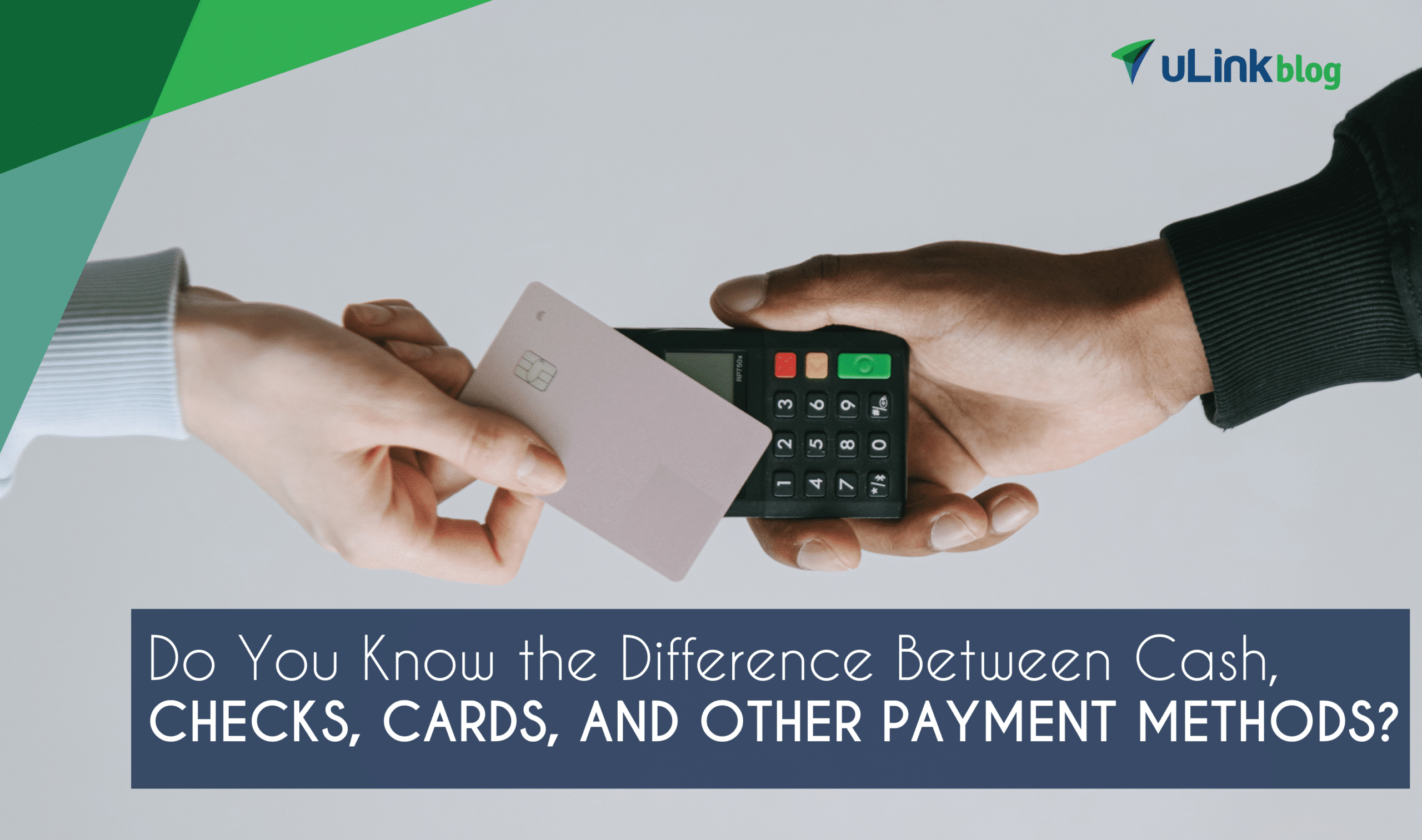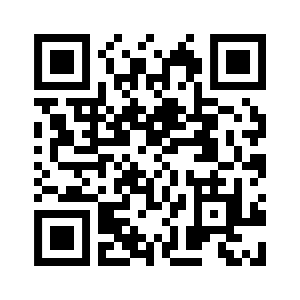
The payments landscape is endlessly evolving. Today’s customers have many options to pay when they shop. You can scan a QR code, use a mobile wallet, or choose a “buy now, pay later” service.
The only question is: how does one decide the best method to pay with?
Knowledge is power.
Here’s a brief rundown of the five most popular payment methods on the market:
1. Cash
Once upon a time, cash was king in America. Physical banknotes and coins were everywhere.
In recent years, however, cash took a backseat to digital finance. By 2024, cash will account for less than 13% of all in-store payments.
While cash remains convenient — especially when leaving a tip at a restaurant, salon, or café — its overarching value has been challenged by cards and mobile wallets.
Cash has also come under intense scrutiny for being unsanitary.
In fact, during the height of the pandemic, some stores refused to accept cash to help curb the spread of disease.
2. Checks
For previous generations, the paper check wasn’t just a payment method. It was the payment method. People wrote checks at grocery stores, gas stations, restaurants, and everywhere in between.
Today, however, paper checks are increasingly obsolete outside the realm of bill paying. Nearly a decade ago, the Federal Reserve Bank of Philadelphia predicted the extinction of physical checks by 2026.
Each year, their forecast looks more accurate. What caused the decline?
While there are many factors, checks are ultimately inefficient when compared to credit and debit cards.
After all, once a check is written, it has to be physically cashed — whether at an ATM, a bank branch or through a mobile app.
And if checks are sent through the mail, their safe and timely arrival becomes wholly dependent on variables like weather, traffic, and human error.
With cards, however, transactions are practically instantaneous.
Note: From a security standpoint, checks also have a glaring design flaw: they display account and routing numbers, making users susceptible to fraud.
Despite this rather unsettling fact, checks do offer an easily traceable paper trail. In other words, you’ll always be able to tell when checks are received or deposited.
3. Credit Cards
Credit cards remain very popular, and for good reason. They’re highly secure and seriously convenient, accounting for 40% of all in-store payment methods in 2021.
You can swipe (or tap) credit cards in-store. You can use them online. And in the event you encounter a fraudulent charge, you can easily report it to your card company.
Thanks to chargebacks, you can resolve billing disputes and get reimbursed for lost money.
In the words of Frank Abagnale, “The safest [payment method] is a credit card because you’re using the bank’s money. If someone accesses your information, they are stealing the bank’s money, not yours.”
Plus, responsible use of credit cards — and on-time monthly payments — will help increase your FICO® credit score, and possibly obtain cash back, airline miles, and other rewards.
Note: Beware high-interest rates, which have buried many Americans in record credit card debt.
4. Debit Cards
A debit card is essentially cash — in card form.
After all, whenever you access an ATM, you’ll use a debit card to withdraw your money.
And yet, while a credit card is like a personal loan, a debit card is very different.
Every time you make a payment with a debit card, the money is instantly deducted — or “debited” — from your account.
There’s no line of credit with a debit card.
As a result, debit cards provide the convenience of credit cards without the danger of racking up significant debt (and compound interest).
Of course, this advantage is tempered by potential disadvantages.
For one thing, once the money leaves your account, it’s basically gone.
If you ever deal with debit card fraud, it can be much more difficult to reverse charges than with a credit card.
Note: If improving your FICO® score is a personal goal, be sure to use a credit card.
According to Experian, debit cards won’t influence your credit score.
5. Mobile Wallets
Credit and debit cards have been digitized into mobile wallets – and with great enthusiasm.
Around the world, consumers are using their smartphones and smartwatches to make purchases in a matter of seconds.
Apple Pay and Google Pay are perhaps the most iconic mobile wallets, having accounted for over $40 billion in U.S. payments last year.
New to mobile wallets? Don’t be intimidated.
All you have to do is hold your device over a payment terminal, enter your passcode (along with fingerprint or face identification), and you’re good to go.
Such convenience is driving user adoption, as over one-third of the world population will likely have mobile wallets by 2024.
Note: Thanks to “two-step verification,” mobile wallets are surprisingly safe. Even if somebody steals your phone, it’s unlikely thieves could access your financial information.
Sending Money Home
While cash, cards, and checks all serve a purpose, they fall short in one essential area:
they can’t send money to your friends, family, and loved ones living abroad.
That’s where uLink comes in.
With great exchange rates and fees starting as low as $0, uLink can help you send your hard-earned money back home.
Click below to get started!









